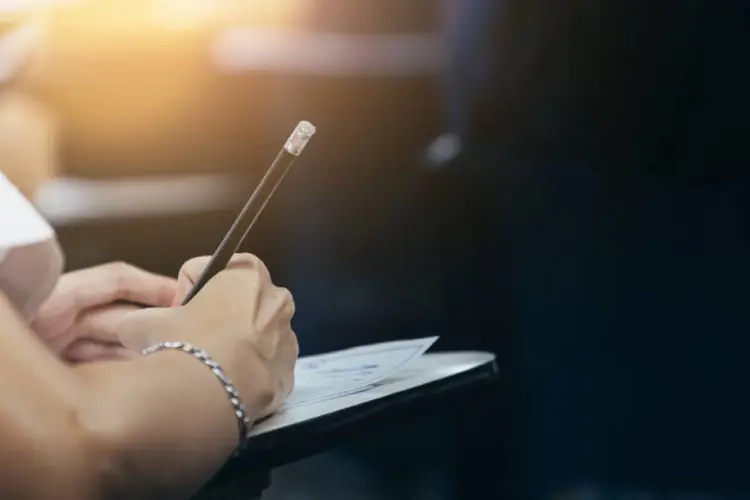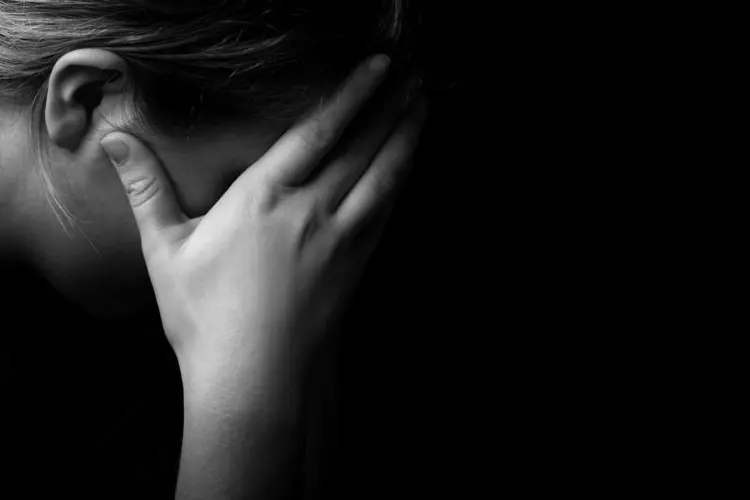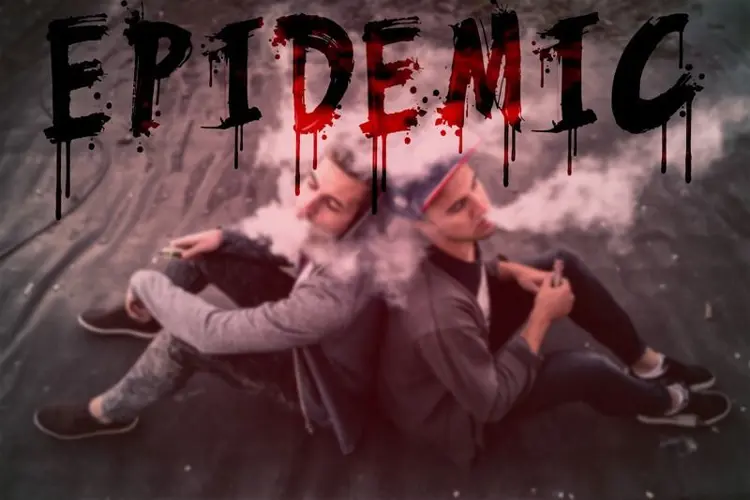With another school year comes another FDA Real Cost campaign. Yes, your favorite federal agency is back with another round of cringe-worthy anti-vaping propaganda for teenagers to ignore and vapers to rage over.
The latest crop of ads employs the age-old Drug War strategy of stigmatization. Specifically, the ads are designed to shame teens for vaping “addiction” and promote the idea that everyone who vapes is in danger of becoming hooked and degrading and embarrassing themselves to get the nicotine they crave.
The new ads—like previous Real Cost content—were created by FCB New York, a nearly 150-year-old ad agency whose other clients include Lincoln Financial, Burger King, alcohol conglomerate ABInBev, and pharmaceutical giant GlaxoSmithKline. When you have a $700 million budget like the FDA Center for Tobacco Products, you can afford to hire the best.
Before the FDA decided to devote virtually all of their anti-nicotine ad dollars to vaping, FCB created a series of anti-smoking Real Cost commercials for the agency, whichthey claim has “prevented nearly 587,000 youth from smoking cigarettes,” and supposedly “averted over $53 billion in future medical costs.”
But that was the old days. The kids have since traded in their cigarettes for shiny new JUULs. Smoking is dead and vaping is the future—the future of multi-million dollar ad campaigns, that is.
Thefirst Real Cost anti-vaping ad, produced in 2018 when FDA Commissioner Scott Gottlieb was railing about a vaping “epidemic,” was a blockbuster. Who can forget the “vape worms” crawling under the kids’ faces while the announcer deadpanned her way through the terrifying text:
“There’s an epidemic spreading,” she said. “Scientists say it can change your brain. It can release dangerous chemicals like formaldehyde into your bloodstream. It can expose your lungs to acrolein, which can cause irreversible damage. It’s not a parasite, not a virus, not an infection. It’s vaping.”
The punchline struck fear in the hearts of every teenager who’d ever hit their friend’s mango pod at a party. Well, it didn’t really, but that’s the kind of simple-minded stuff you might believe if you were a 40-year-old marketing whiz and the adolescent brain was a perpetual mystery to you. Still, they pried $60 million out of the FDA’s bank account, so you’ve got to count that as a success, right?
Last year, the advertising geniuses went with a street magician who amazed kids with his message that vaping made them more likely to start smoking. “It’s not magic,” he said, “It’s statistics.” Somehow the FDA skipped the part about teen smoking being at its lowest level ever after the “vaping epidemic” started.
This year, it’s back to Drug War basics for the marketing gurus at FCB: stigma and shame. The “Addiction Isn’t Pretty” campaign was shot by documentary filmmaker Katina Mercadante, according to ad industry publication Campaign US. It will be promoted on YouTube, Snapchat and Instagram, and cable channels like Adult Swim and MTV. Do teenagers still watch MTV?
“People who are stigmatized for their drug involvement can endure social rejection, labeling, stereotyping and discrimination, even in the absence of any negative consequences associated with their drug use,” says the Drug Policy Alliance. That’s exactly what FCB and the FDA want to achieve.
Creating an image of vapers as helpless addicts might dissuade others from vaping. That’s one goal. Another goal is to make other kids turn on the vapers and reject them (for their own good, of course). Gee, it would sure be nice if the public health hepcats at the FDA could decide if teen vapers were the dregs of adolescent society or the cool kids that everyone else wants to copy. This year it looks like they’re going with the dregs.
The message is that high school vapers will go to any length to get their vape fix, disgracing themselves and earning horror and contempt from their friends. The ads don’t go quite as far as calling the kids fiends or junkies, but that’s the idea. What would you call a girl who hauls her vape out of a filthy toilet and puts it back in her mouth? Obviously if you vape, you’re an embarrassment to yourself, and a pathetic blemish on your family, peer group, and society.
There’s no evidence that vaping actually causes any real harm, of course—not even to teenagers. And a huge majority of teenage vapers are just curiosity-seekers who will never come close to anything we might call addiction. But for those who are dependent on nicotine, are the real harms as dangerous as the results of humiliation, or encouraging their friends to treat them as pariahs? That’s where we are with teenage vaping now.
The Freemax REXA PRO and REXA SMART are highly advanced pod vapes, offering seemingly endless features, beautiful touchscreens, and new DUOMAX pods.
The OXVA XLIM Pro 2 DNA is powered by a custom-made Evolv DNA chipset, offering a Replay function and dry hit protection. Read our review to find out more.
The SKE Bar is a 2 mL replaceable pod vape with a 500 mAh battery, a 1.2-ohm mesh coil, and 35 flavors to choose from in 2% nicotine.
Because of declining cigarette sales, state governments in the U.S. and countries around the world are looking to vapor products as a new source of tax revenue.
The legal age to buy e-cigarettes and other vaping products varies around the world. The United States recently changed the legal minimum sales age to 21.
A list of vaping product flavor bans and online sales bans in the United States, and sales and possession bans in other countries.



















